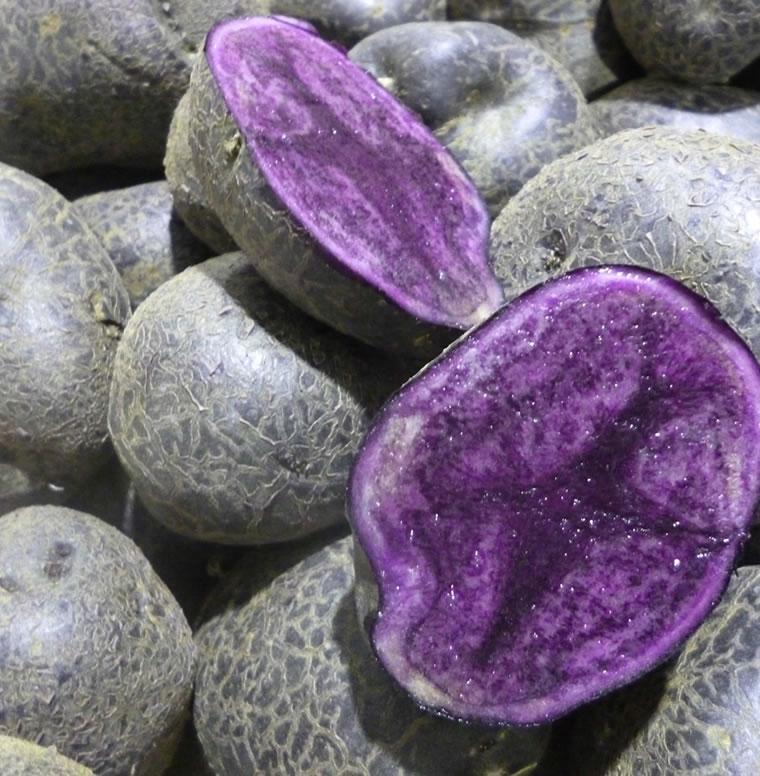Inject some colour into a grey January with great looking purple sprouting broccoli and blood oranges and along with local beets.
Beetroot
Beetroot usually deep purple roots of beetroot are eaten either boiled, roasted or raw, either alone or combined with any salad vegetable. A large proportion of the commercial production is processed into boiled and sterilised beets or into pickles. In Eastern Europe, beet soup, such as borscht, is a popular dish
Candy beetroot is an eye-catching garnish and is a fantastic addition to any salad. Beautiful served whole or cut diagonally through the middle to show off those mysterious pink and white rings.
Golden beetroot has a more subtle flavour than normal purple beetroot, and is a great garnish with its vibrant golden shine. Popular in the 19th century, and is now becoming another great ingredient.
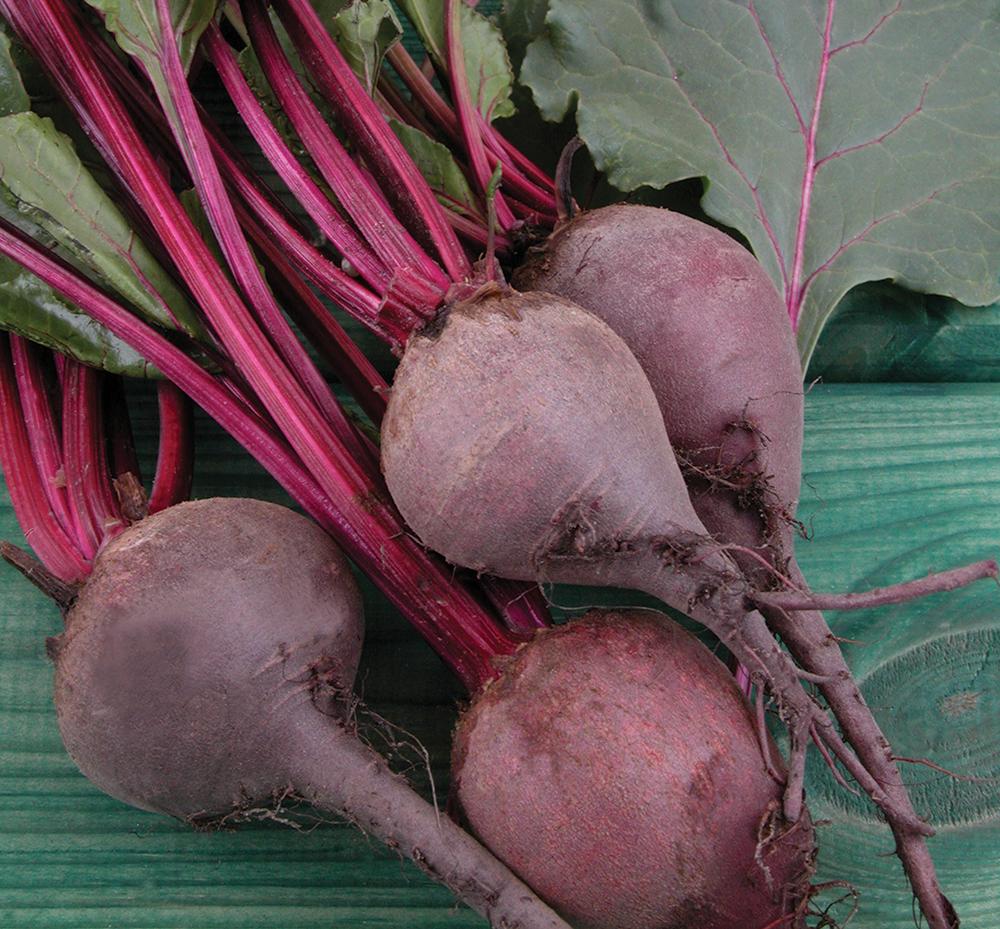
Blood oranges
The blood orange is a kind of orange with a deep scarlet colour on the inside. The skin pigment on the outside is also darker. They usually mature mid-Blood Orange season and are deeply juicy and sweet flavoured.
These kinds of oranges are typically smaller than an average orange. It is believed that blood oranges are crosses between pomegranates and oranges. This is untrue. Blood oranges are simply oranges that at some point underwent a genetic mutation and turned into the noble, virile fruits that you see today.
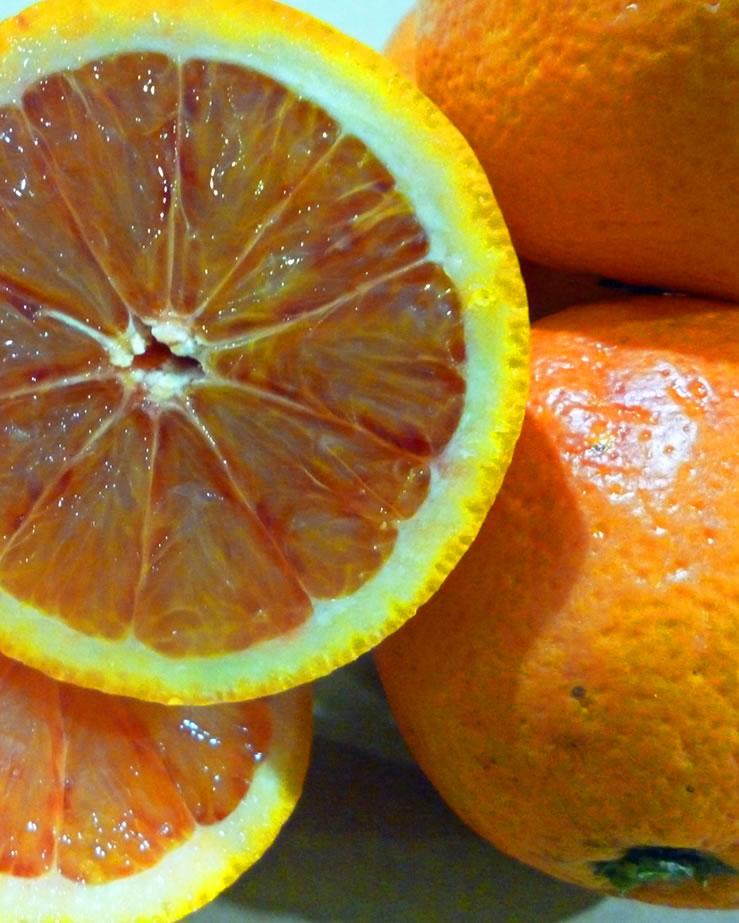
Cauliflower
Memories of smelly school dinners all too much? Look again. One of the few vegetables that are in season in Britain almost all year round, the versatile cauliflower is having a comeback.
Delicious roasted with spices like cumin and coriander and served with a good sprinkling of sea salt and a squeeze of lemon.

Celeriac
The unsung hero of the vegetable world, knobbly, odd-shaped celeriac has a subtle, celery-like flavour, with nutty overtones. It is edible raw or cooked, and tastes similar to the stalks (the upper part of the stem) of common celery cultivars.
Celeriac may be roasted, stewed, blanched, or mashed. Sliced celeriac occurs as an ingredient in soups, casseroles, and other savoury dishes.

Horseradish Root
A relative of the Brassica family which includes mustard, wasabi, broccoli and cabbage. The plant is prized for its white heady root. The essential accompaniment to roast beef – nothing beats the bite of your own freshly grated horseradish root. Horseradish is a vigorous perennial herb that will return year after year for an increasing supply of hot, tangy roots.
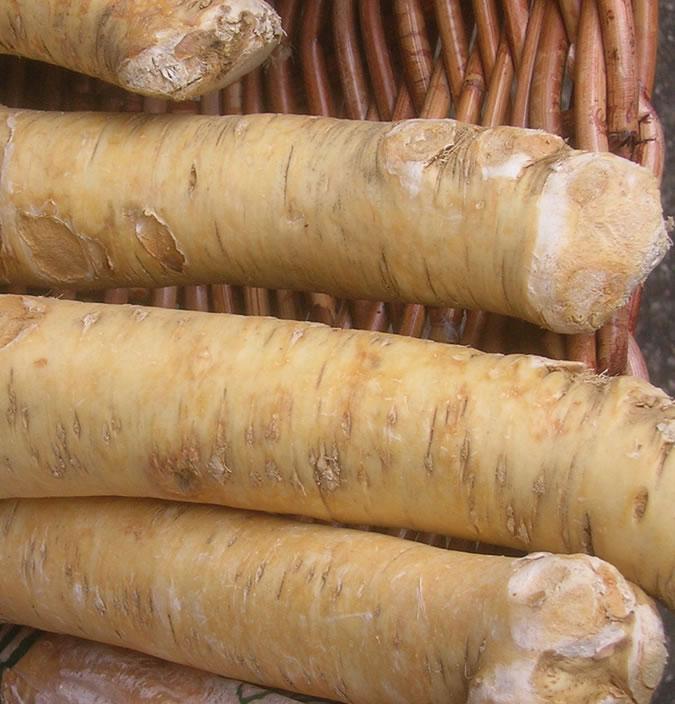
Jerusalem Artichoke
This vegetable is not truly an artichoke but a variety of sunflower with a lumpy, brown-skinned tuber that often resembles a ginger root. Contrary to what the name implies, this vegetable has nothing to do with Jerusalem but is derived instead from the Italian word for sunflower, girasole.
The white flesh of this vegetable is nutty, sweet and crunchy and is a good source of iron.
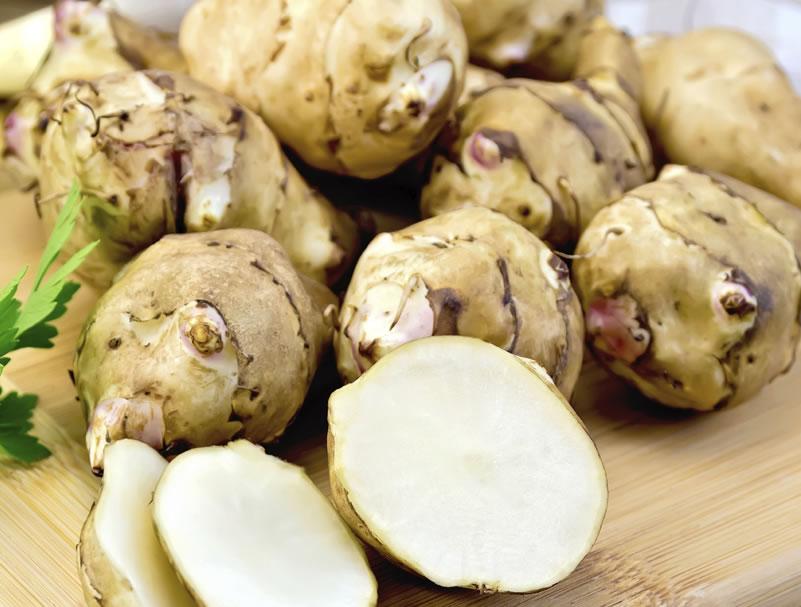
Kale and Cavolo Nero
Both kale and winter cabbages such as Cavolo Nero (black cabbage) are a very handy ingredient for seasonal eaters as it is one of the few green vegetables that is more abundant and flavourful during the coldest months of the year. It can be substituted for cabbage or spinach and makes a fine side dish when blanched and sautéed with garlic (a little soy and a sprinkling of chopped, roasted nuts is a lovely addition).
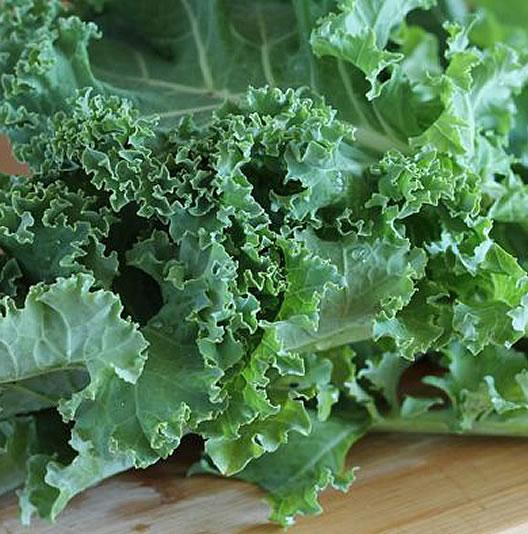
Kohlrabi
Looking something like a Sputnik in vegetable form, with a squat bulb and antennae-like shoots, kohlrabi is part of the cabbage family. The name translates as ‘turnip cabbage’ and the mild, sweet flavour is somewhere between a turnip and a water chestnut, with a crisp, crunchy texture. It can be found in two colours, pale green and the less common purple.
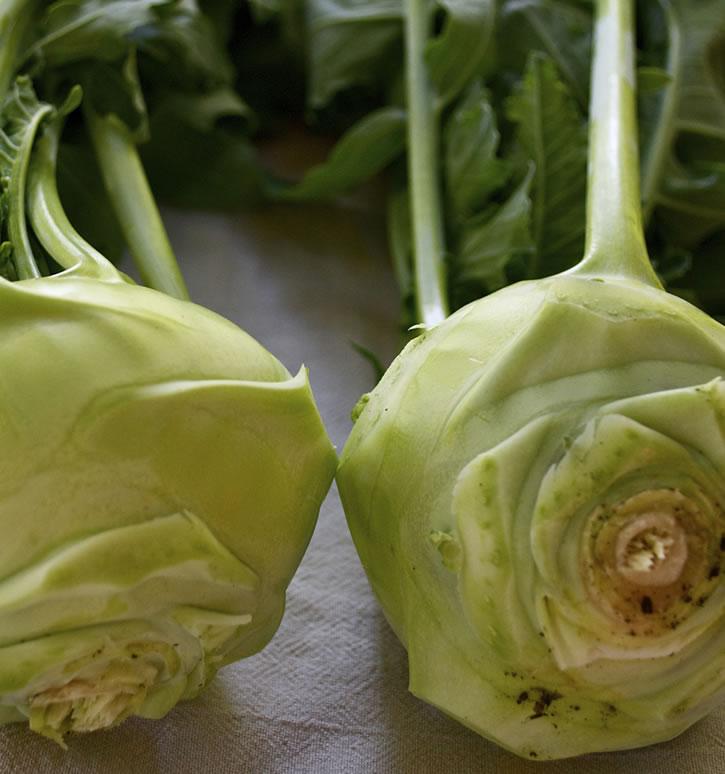
Leeks
Leeks are very versatile and work well cooked in various recipes or as a side dish. Like creamed leeks, rich double cream salt and pepper.
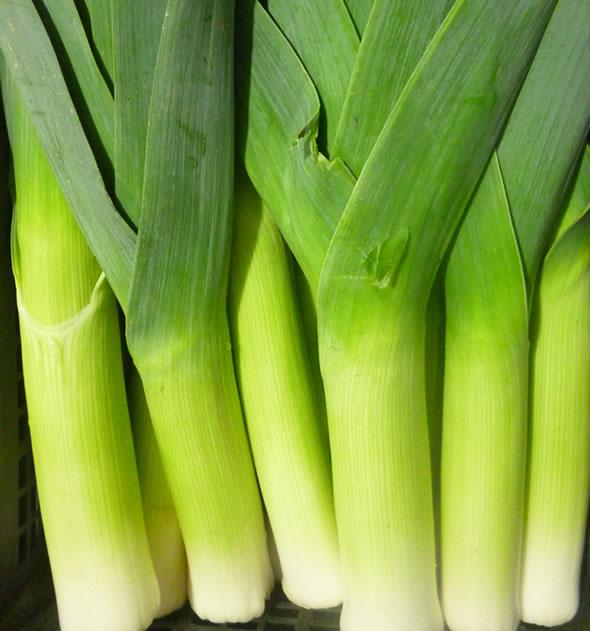
Pink Fir Apple Potatoes
One of the latest maturing salad variety, taking 22 weeks for perfection, but well worth the wait as they have an amazing flavour. Very knobbly tubers, just wash and cook whole, hot or cold.

Purple Sprouting Broccoli
After a fairly sparse couple of months on the leafy veg front, the start of the purple sprouting broccoli season marks a welcome addition to the winter vegetable palate. Simply steamed or boiled, it partners almost any fish or meat dish. Purple sprouting broccoli was initially cultivated by the Romans.
Broccoli has been grown in the UK since the early 18th century, although the purple sprouting variety has only risen to prominence in the last 30 years

Ratte Potatoes
A classic early French variety of potato which has been prized for over 70 years. It has a distinctive chestnut flavour. Potato ‘Ratte’ produces long, smooth skinned tubers with white skins and yellow, waxy flesh which does not disintegrate during cooking. Delicious steamed in their skins and eaten hot or cold
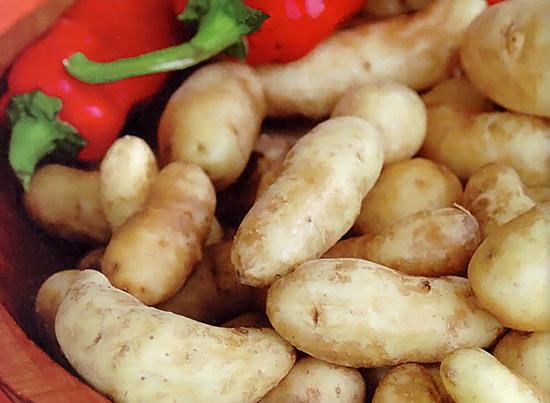
Rhubarb
Botanically, rhubarb is a vegetable (it’s related to sorrel and dock) but its thick, fleshy stalks are treated as a fruit, despite their tart flavour.
Rhubarb grows in two crops. The first, which arrives early in the year, is forced, grown under pots, particularly in what’s known as the ‘rhubarb triangle’ around Leeds, Wakefield and Bradford. Its stalks are watermelon pink, with pale lime green leaves, and it is the more tender and delicately flavoured of the two.
The second, called maincrop rhubarb, is grown outdoors, and arrives in spring. Its stalks are a deeper red, tinged with green, and its leaves a brighter green. It has a more intense flavour and a more robust texture than forced.
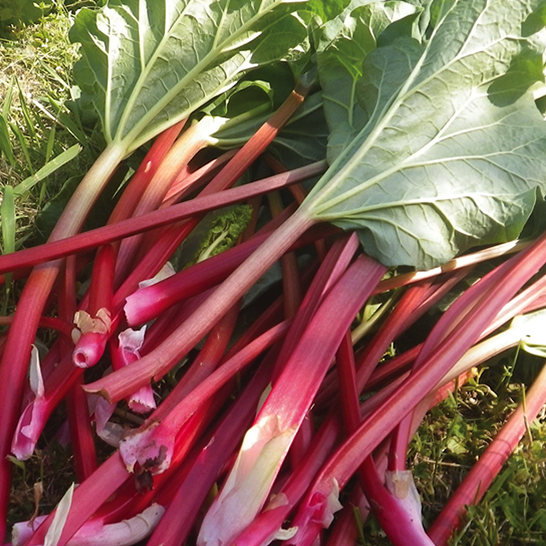
Salsify
A root vegetable belonging to the dandelion family, salsify is also known as the oyster plant because of its oystery taste when cooked. The root is similar in appearance to a long, thin parsnip, with creamy white flesh and a thick skin. In the same way as many root vegetables, salsify can be boiled, mashed or used in soups and stews.
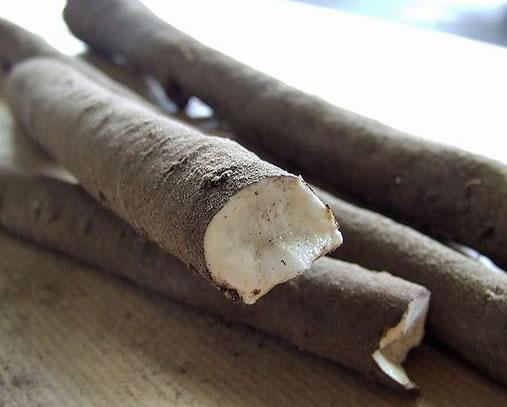
Savoy Cabbage
This late maturing Savoy Cabbage produces high quality heads that remain bright and fresh late in the season when other varieties begin to look tired. The attractive furrowed leaves retain their dark blue-green colour throughout winter, and stand well over a long period.
Dark-green winter cabbage with attractive, crinkled and blistered leaves and a robust flavour and texture. Steamed, boiled or braised.
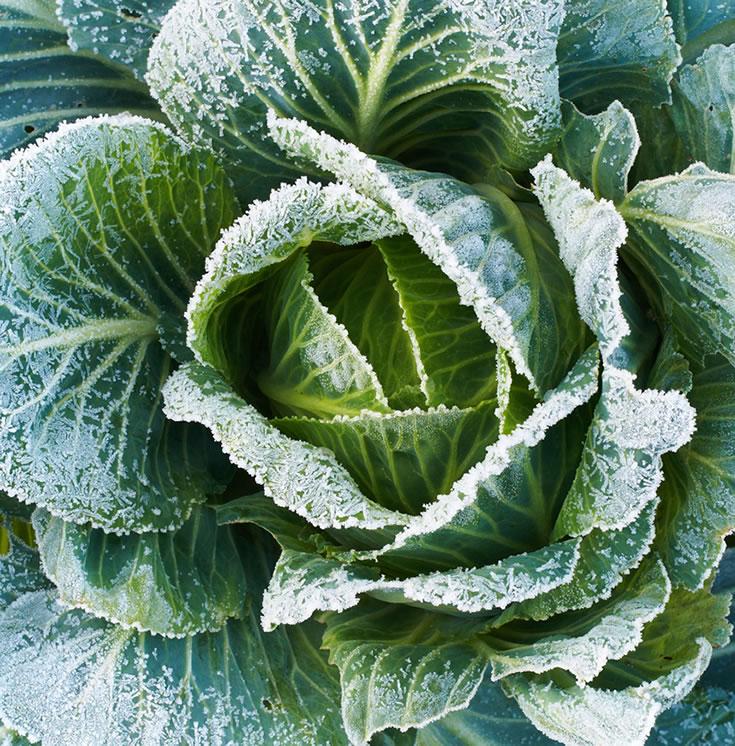
Swedes
Larger than the turnip and with a rough skin that is partly tan and partly purple, the swede’s unpolished appearance belies its fine texture and distinctive, sweet tasting flesh. When roast or mashed, swede makes a simple and tasty side dish. It can also be used to add interest to stews or in a variety of twists on mashed potato.

Truffle/Purple Potatoes
Potato ‘Salad Blue’ is a vigorous main crop variety that is more productive than ‘Congo’ with attractive blue/ purple flowers. Contrary to its name, the spectacular blue, floury flesh, of this unusual coloured potato is best suited to baking, roasting, mash, boiling or chips.
